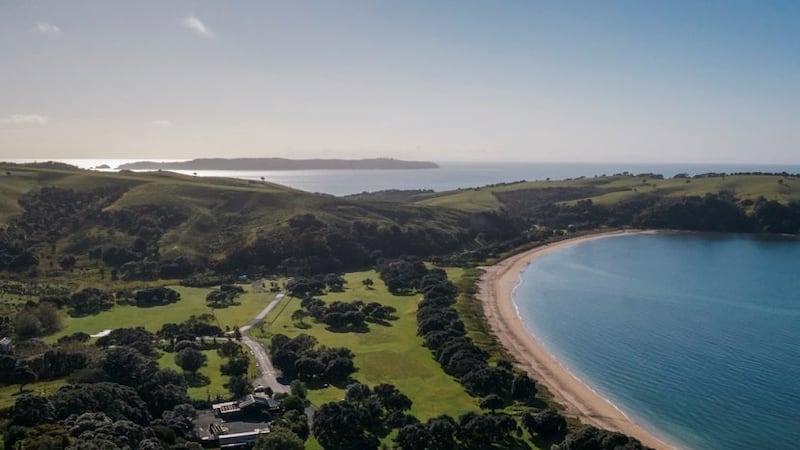Māori names will be given or restored to six of Tāmaki Makaurau’s regional parks after the council’s Parks, Arts, Community and Events Committee voted for them to join the Te Kete Rukuruku programme.
Established in 2017 the programme was created to ‘reflect the true richness of our heritage in the names of our parks and public spaces.’ Council partners with mana whenua to restore ancestral names or establish a Māori name that reflects history relating to the area, a cultural activity connected to the site or an important landscape feature.
Council is asking mana whenua to provide Māori names and narratives for Ambury, Glenfern, Long Bay, Ōmana, Shakespear and Wenderholm regional parks.
Five parks will have the Māori name added to the te reo pākehā name, to create a dual Māori/English name. Ōmana Regional Park, where the current name is an abbreviated version of the historical pā site, will have its full name confirmed and restored through the programme.
‘The council’s vision is that te reo Māori is seen, heard, learned and spoken in everyday life. We also want to help Aucklanders be knowledgeable and proud of the Māori identity and history of our city’ says Auckland Mayor Phil Goff.
‘Our Regional Parks Management Plan acknowledges the importance of our Māori identity, and many of our regional parks already have Māori names, such as Tāpapakanga, Tāwharanui, Whakanewha and Waharau regional parks.’ He said.
Six local boards have already adopted new names under Te Kete Rukuruku including Whau, Ōtara-Papatoetoe, Māngere-Ōtāhuhu, Manurewa, Waitākere and Henderson-Massey.
‘It has been a great outcome to have names and narratives returned to the areas across Auckland over the past year. There are many wonderful stories that a lot of locals may have not known about in their area’ said Auckland Council Māori Outcomes Manager Anahera Higgins
‘An example of these stories is in Manurewa, where Keith Park now also bears the name Te Pua, meaning ‘the blossom’, provided by Te Ākitai Waiohua. This is an abbreviation of the original name for the southern point of Waimāhia / Weymouth, Te Rangi-o-te-pua-karaka - the day of the karaka blossom.’
‘Te Pua (or Te Pua o te Karaka in full) was the name of the chieftainess of the local iwi, Waiohua. Her mother was out collecting shellfish in this area when she went into labour and gave birth to Te Pua under a karaka tree while it was in full bloom. This name recognises the significance of that event and captures that story for the local community and our future generations.’ she said.
Māori Outcomes portfolio lead and Manurewa-Papakura Ward Councillor, Angela Dalton says she’s also supportive and proud of the work of Te Kete Rukuruku.
‘This programme has seen the return of 34 ancestral names so far, with another 91 names referencing wonderful stories. The names often represent what used to be and, in many cases, what has been taken away. I believe they will help to inspire us with what is possible to be returned as we work together towards a better understanding of our country’s history and taonga.’ Dalton said.

